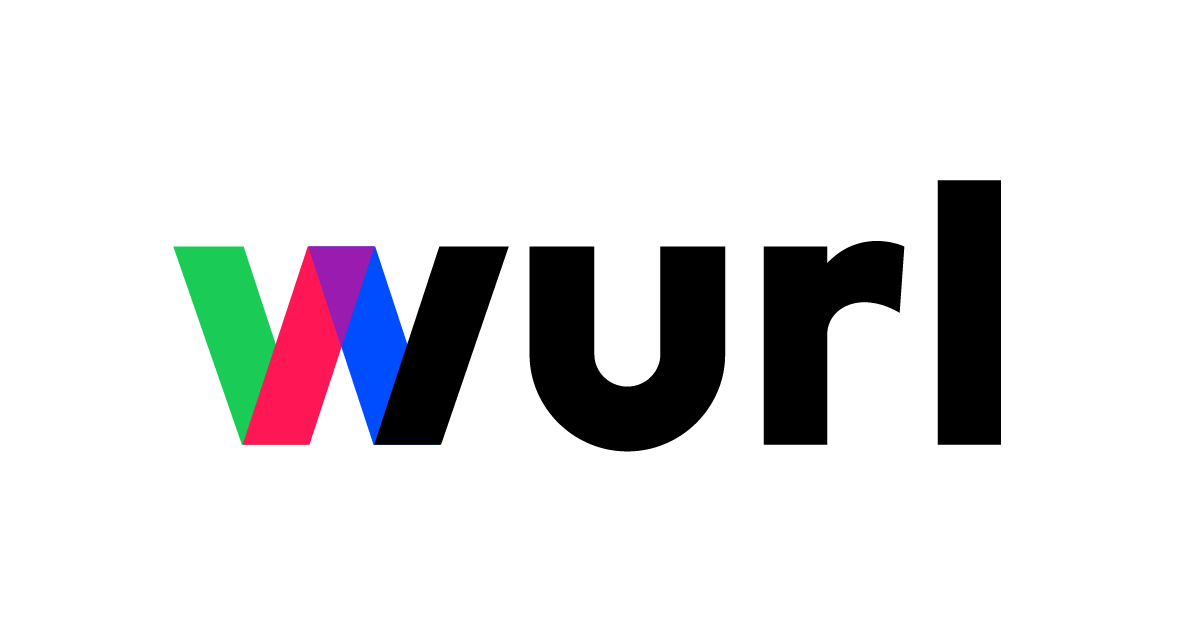There are over one billion connected TVs globally, with US advertisers expected to spend nearly $27 billion on Connected TV (CTV) in 2023 alone. And as the rise of CTV disrupts the industry, it’s generating new marketing opportunities for advertisers.
Instead of dying off, linear TV is evolving into a CTV streaming model that’s free and available the second you plug in a new smart TV. FAST, or Free Ad-Supported Television, is a booming area of growth for CTV advertising. It presents solutions to a number of challenges that traditional TV and Video on Demand (VOD) face, using best-in-class technology to tailor content to viewers better than traditional methods ever could.
Let’s take a closer look at how FAST channels fit into the CTV advertising landscape and how advertisers can craft ironclad campaigns that maximize client return on ad spend (ROAS).
Why advertisers are gravitating toward FAST
CTV enables brands to expand their reach beyond retail environments to audiences streaming content across devices and platforms, especially those who have cut the cord for good.
FAST, in particular, brings a unique offering to the CTV market with a range of opportunities that build off its linear roots, adding dimensions that were previously unthinkable. Most notably, its advanced targeting capabilities can reach audiences that cable left untapped.
Advertisers stand to benefit greatly:
- FAST marketing capitalizes on consumer viewing trends and the technological capabilities that retain audiences, providing more reliable paths to maximizing ROAS.
- FAST channel ads reach audiences that are less accessible via other channels, like traditional broadcast.
- With 57% of all TV viewers watching some degree of FAST (compared to just 6% in 2020), these strategies will only capture more high-value viewers – and ultimately be a necessary component for any holistic marketing campaign.
The holes advertisers experience with FAST
CTV and FAST linear offer advertisers unique opportunities to reach broader audiences and maximize ROAS, but these channels aren’t without challenges. While industry estimates and media coverage suggest advertisers are flocking to CTV in droves, streamers and publishers struggle to efficiently fill their avails.
But if so much spend is moving to CTV, where are all the ads?
AdExchanger Daily
Get our editors’ roundup delivered to your inbox every weekday.
Daily Roundup
Think about the last time you watched an ad-supported streaming channel. You might have seen the same ad three times over. Or perhaps you saw generic “We’ll be right back” placeholders where ads should be running. These negative experiences are all too common.
It’s difficult for advertisers to navigate confusing programmatic landscapes and get their ads in front of the right viewers – if they can get them shown at all.
Consider the streamer side of the equation. To successfully optimize their ad fill, streamers and publishers must match as much available ad real estate with demand as possible. This requires a combination of direct ad sales, partnerships with demand-side platforms (DSPs), strategic resellers and programmatic advertising.
Because of all of these layers, it is rarely straightforward for advertisers to fit themselves and their inventory into streamer and publisher ecosystems. In essence, there are too many cooks in the kitchen.
Advertisers need to stay tuned in to FAST
FAST has its challenges, and we are still in the early innings. But with its technological capabilities and ability to reach audiences previously inaccessible to cable, it unlocks considerable marketing opportunities that advertisers cannot afford to miss out on.
As FAST keeps surging – and as publishers and advertisers develop solutions and strategies – it will only become more rewarding to see how the market matures.













